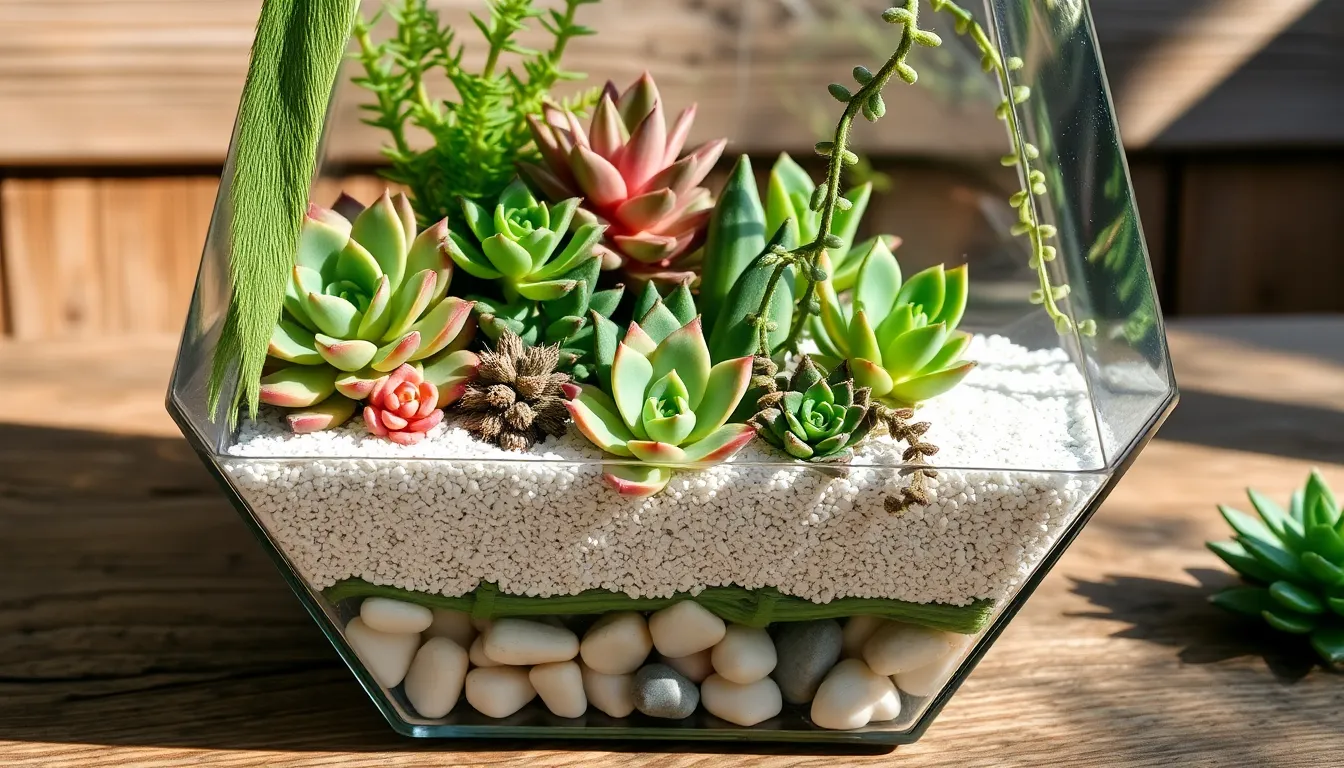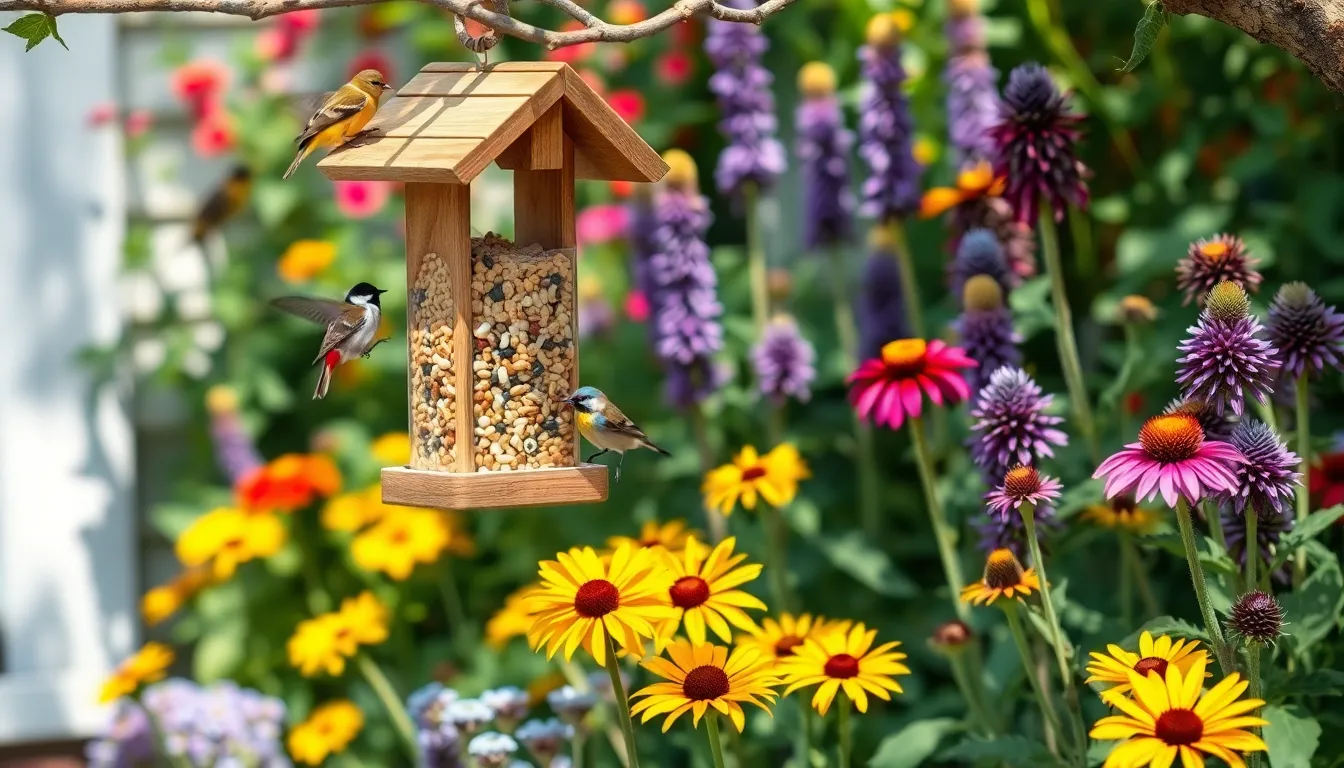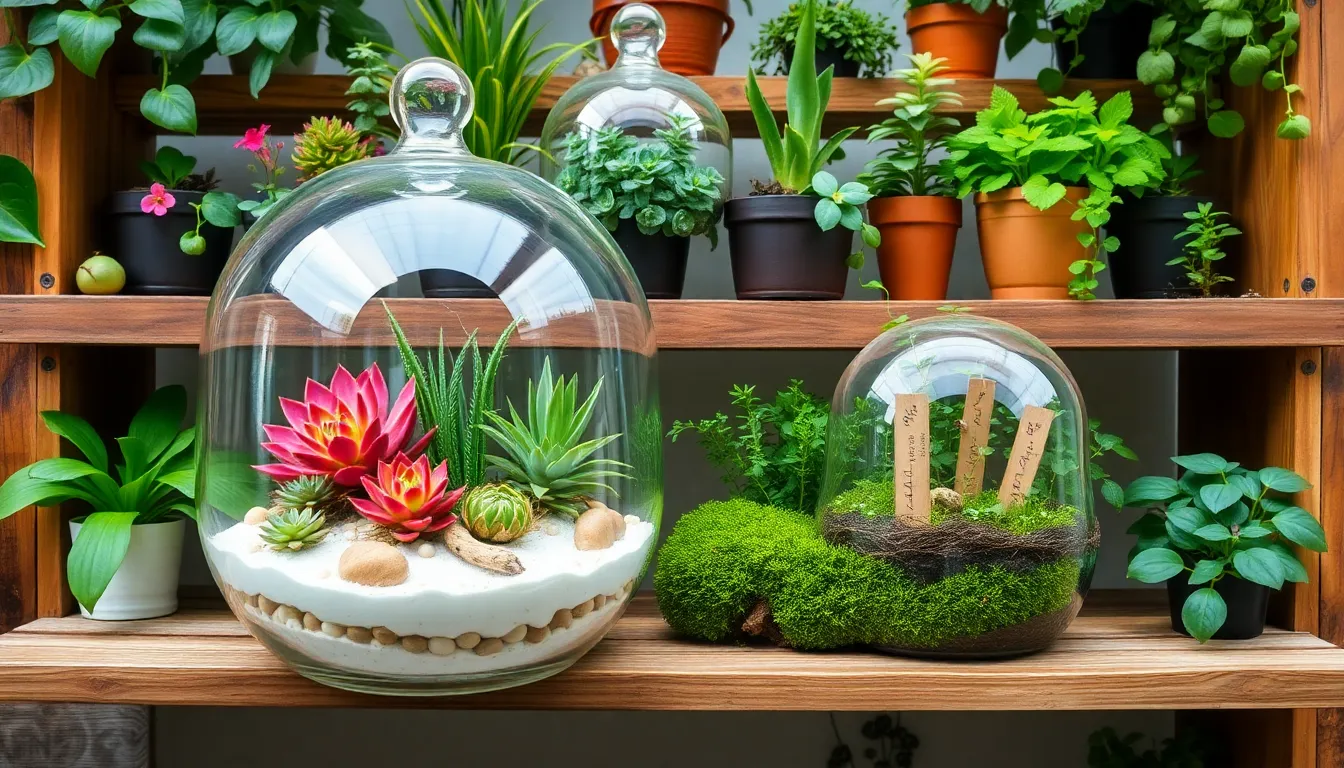Finding beauty in the overlooked corners of your garden can be one of the most rewarding aspects of gardening. While sun-drenched plots often steal the spotlight, shaded areas hold a quiet allure, offering unique opportunities to cultivate vibrant, resilient perennials that thrive in less direct light. For those stepping into the gardening world, understanding how to make the most of these cooler, shadier spaces can transform your garden into a lush haven. Seasoned gardeners will also find joy in rediscovering the subtle charms and surprising resilience of shade-loving plants.
Exploring the array of perennials that flourish in shade not only broadens your horticultural palette but also enhances the overall health and biodiversity of your garden. This article will guide you through a selection of hardy perennials perfect for those tricky spots, ensuring that every corner of your garden bursts with life. You’ll learn about plant varieties that are not just survivors in shade but true performers, adding texture, color, and interest throughout the seasons. By the end of this read, you’ll be equipped with the knowledge and inspiration to turn any dimly lit patch into a striking focal point.
Whether you’re working with a sprawling woodland garden or a cozy urban nook nestled beneath a canopy of trees, designing with shade-loving perennials can be an exciting, creative challenge. With practical advice and a touch of inspiration, we’ll help you select the right plants and understand their unique needs to create a thriving oasis. Embrace the shade and let your garden’s hidden potential shine with the vibrant, enduring beauty of perennials that are perfectly suited to these tranquil spots. Together, we’ll cultivate a deeper appreciation for the power of shade and the plants that love it.
Understanding Shade-Loving Perennials
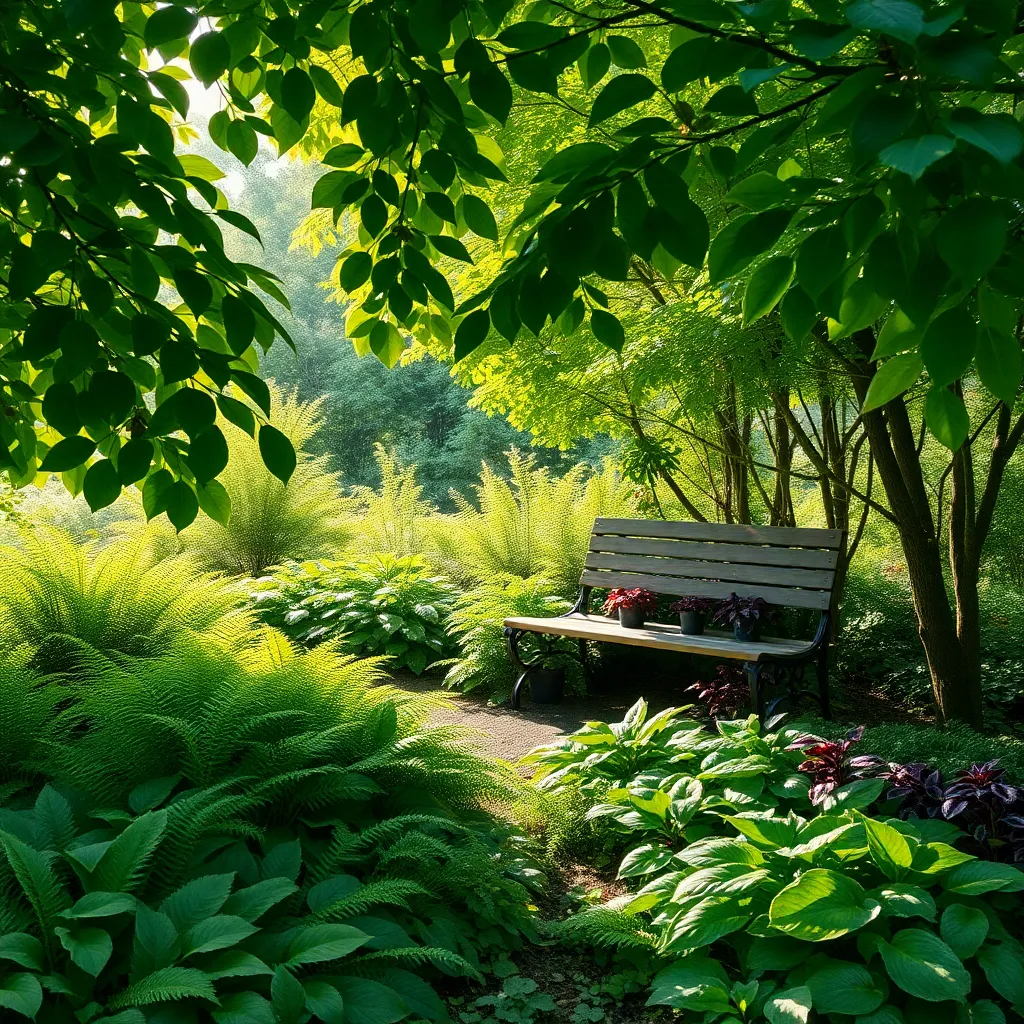
Shade-loving perennials are a gardener’s best friends in areas where sunlight is limited. These plants are adapted to thrive in low-light conditions, making them ideal for gardens with dense tree canopies or north-facing walls.
One of the most popular shade-loving perennials is the hosta, known for its lush foliage. To get the best results with hostas, plant them in well-draining soil enriched with organic matter, and keep the soil consistently moist but not waterlogged.
Incorporating ferns into your shady garden can add texture and a sense of wild beauty. Ferns prefer a cool, moist environment, so it’s important to mulch around these plants to help retain soil moisture and maintain even temperatures.
For those seeking a splash of color, astilbes offer vibrant blooms that brighten shaded areas. Ensure they have access to rich, well-drained soil and water them regularly, especially during dry spells, to encourage those spectacular flower plumes.
Top Perennials for Dense Shade
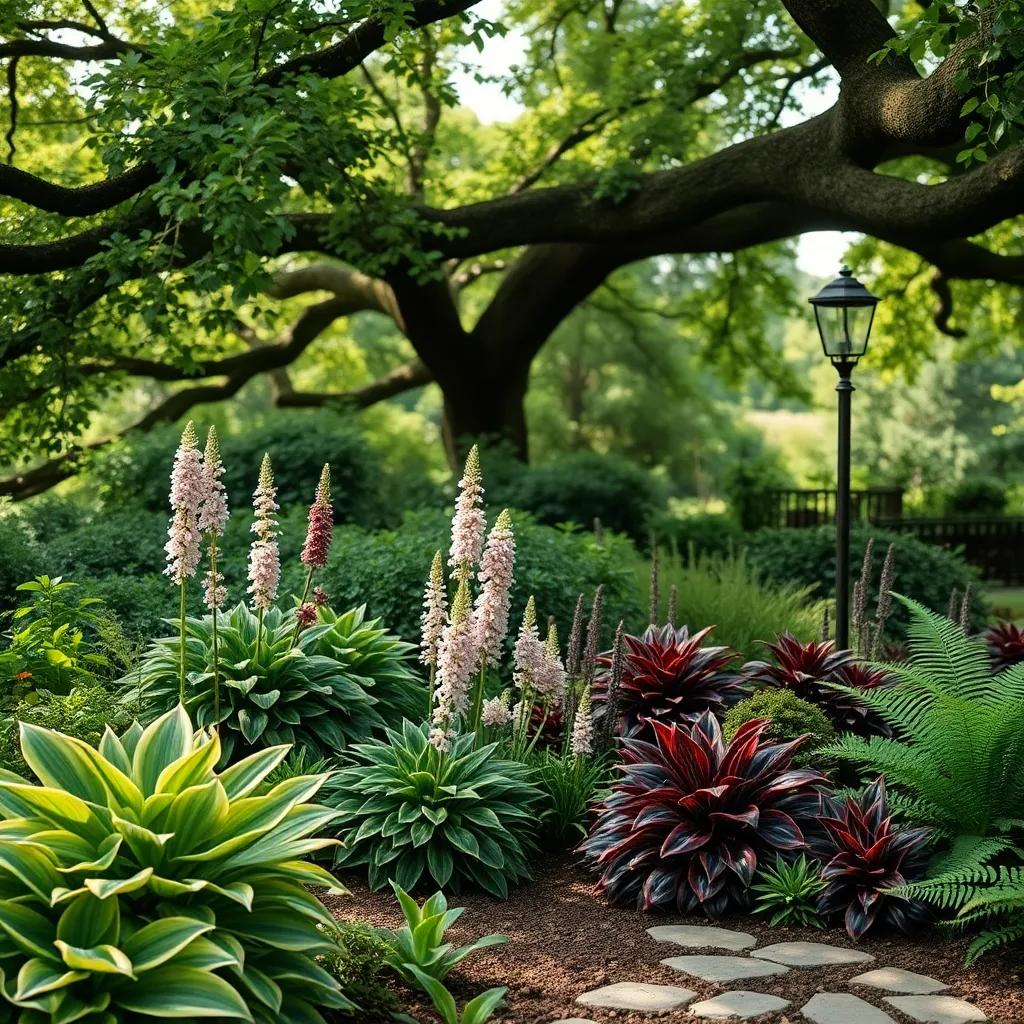
When gardening in dense shade, it’s crucial to select perennials that thrive without much sunlight. Hostas are an excellent choice, as they are known for their lush foliage and adaptability to low-light conditions.
For best results, plant hostas in well-draining, rich soil that retains moisture but doesn’t become waterlogged. Water them consistently, especially during dry spells, to keep their leaves vibrant and healthy.
Ferns are another fantastic option for dense shade, bringing an elegant, feathery texture to your garden. They prefer humus-rich soil with good drainage, mimicking their natural woodland habitat.
Mulching around ferns helps to retain moisture and keeps the roots cool, which is essential for their growth. Ensure they receive enough water during dry periods, but avoid over-watering, which can cause root rot.
Consider planting Astilbes for a splash of color in shaded areas, as they produce stunning plumes of flowers. These perennials thrive in consistently moist, well-drained soil enriched with organic matter.
Regularly deadhead Astilbes to encourage prolonged blooming and cut back the foliage in late fall to prepare for winter. This practice not only keeps your garden tidy but also promotes healthy new growth in the spring.
Partial Shade Perennial Favorites
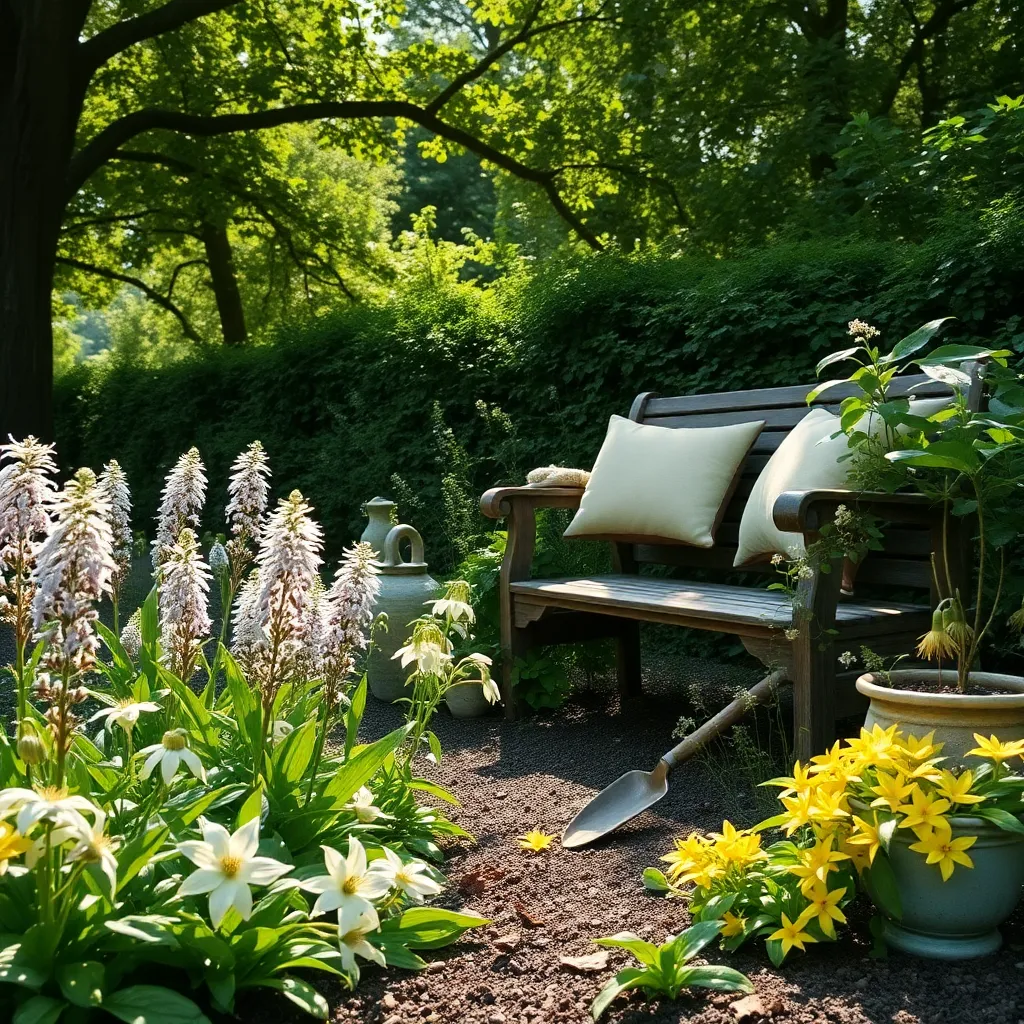
Partial shade areas in your garden can be a haven for certain perennials that prefer dappled sunlight. Plants like Astilbe thrive in these conditions, offering feathery blooms that can brighten up shaded spots with minimal effort.
To ensure your Astilbe flourishes, plant them in well-drained, humus-rich soil and maintain consistent moisture. Watering should be regular, especially during dry spells, as these plants do not tolerate drought well.
Another excellent choice for partial shade is the Hellebore, known for its early spring blooms. These hardy perennials prefer a soil enriched with organic matter, which helps retain moisture while providing essential nutrients.
For best results with Hellebores, apply a layer of mulch to conserve moisture and suppress weeds. Advanced gardeners might consider dividing mature clumps every few years to promote vigorous growth and more abundant flowering.
Lastly, consider incorporating Brunnera, with its heart-shaped leaves and delicate blue flowers reminiscent of forget-me-nots. These plants enjoy a slightly acidic to neutral pH, so a pH test can be a useful tool for ensuring optimal growing conditions.
- Keep soil consistently moist but not waterlogged.
- Apply a balanced fertilizer in early spring to support robust growth.
- Prune back old foliage in late winter to make way for new growth.
Planting Tips for Shaded Gardens
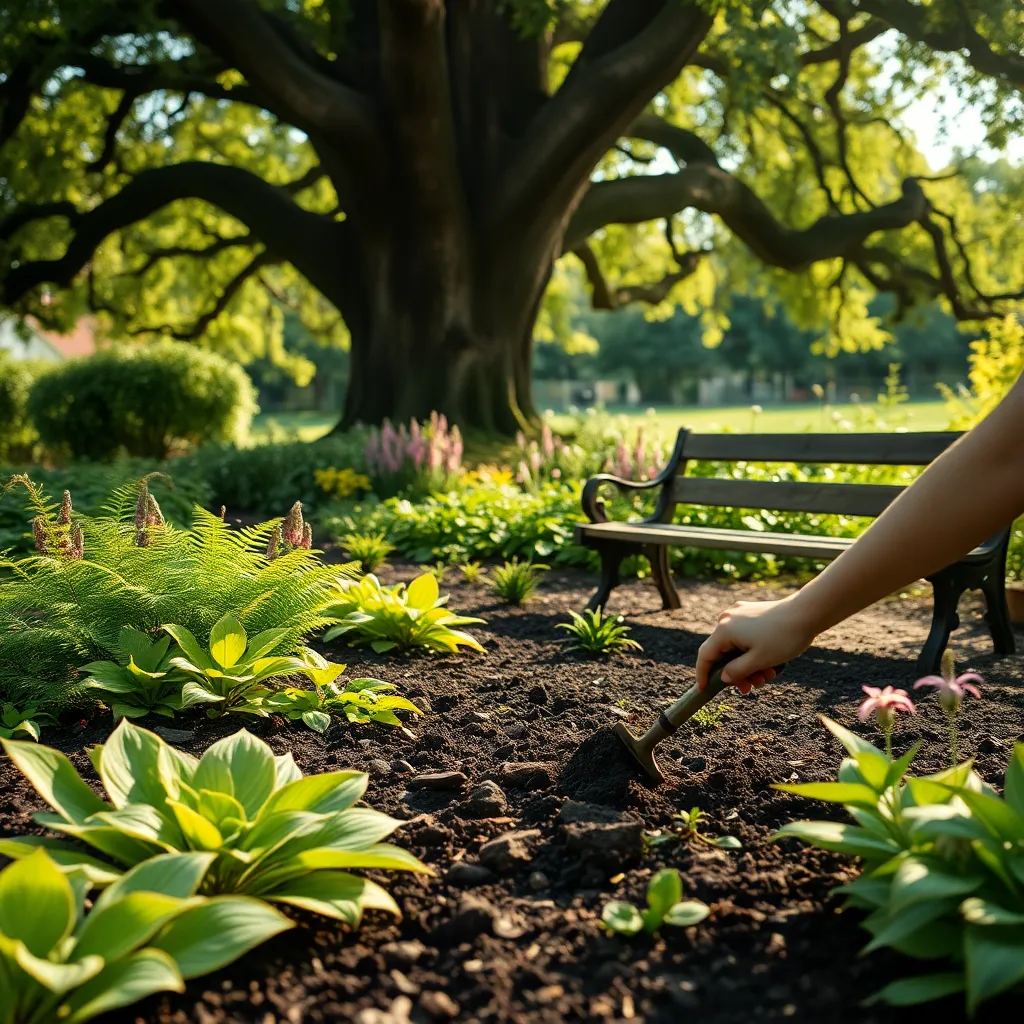
In shaded gardens, selecting the right perennials is key to success. Consider plants like hostas and ferns, which naturally thrive in low-light environments and add texture and color to your garden.
Maximize the growth of your shaded perennials by ensuring the soil is rich in organic matter. Adding compost or well-rotted leaf mold can improve soil structure, helping retain moisture and provide necessary nutrients.
Watering needs differ in shaded areas, as the soil tends to retain moisture longer than in sunny spots. It’s crucial to check the top inch of soil before watering; if it feels dry, it’s time to water, but if it’s still moist, wait a day or two.
For gardeners seeking a bit more challenge, incorporate layers of mulch around your perennials. This not only conserves moisture but also suppresses weeds, making maintenance easier while enhancing the overall health of your plants.
Maintaining Healthy Shade Perennials

To maintain healthy shade perennials, it is essential to understand their specific water needs. Most shade-loving plants prefer consistently moist soil, so aim to water them deeply once or twice a week depending on rainfall, ensuring the top inch of soil stays damp but not waterlogged.
Mulching is another effective strategy to retain soil moisture and deter weeds. Apply a 2 to 3-inch layer of organic mulch such as shredded bark or leaf mold around the base of your perennials, keeping it a few inches away from the plant stems to prevent rot.
Fertilizing shade perennials requires a gentle approach, as excessive nutrients can lead to lush foliage but fewer flowers. Use a balanced, slow-release fertilizer once in early spring to support their growth, and supplement with a diluted liquid fertilizer if plants appear lackluster during the growing season.
For advanced gardeners, consider dividing your shade perennials every three to four years to maintain their vigor and prevent overcrowding. This process is best done in early spring or fall when temperatures are cooler, and involves carefully digging up the plant and separating it into smaller sections with a sharp, clean knife.
Conclusion: Growing Success with These Plants
As we explore the verdant world of perennials thriving in shaded areas, we uncover essential relationship insights: adaptability, nurturing environments, resilience through challenges, diversity in growth, and the beauty of patience. These concepts mirror the dynamics of flourishing relationships, where adaptability allows partners to grow together despite external pressures, and nurturing environments foster mutual support. Resilience is crucial for weathering life’s storms, while embracing diversity enriches the relationship tapestry. Patience, much like in gardening, is the quiet strength that allows love to blossom over time.
To bring these lessons into your relationship, start today by identifying one area where you can cultivate a more nurturing environment together. Whether it’s setting aside dedicated time for meaningful conversations or exploring new experiences, small actions can lead to significant growth.
Remember, relationships, like gardens, require consistent care and attention. Bookmark this article now to revisit these insights and nurture your relationship journey. As you apply these principles, envision a future where your relationship thrives, resilient and vibrant. By taking these steps, you’re not just tending to your relationship today; you’re planting the seeds for a flourishing future.


